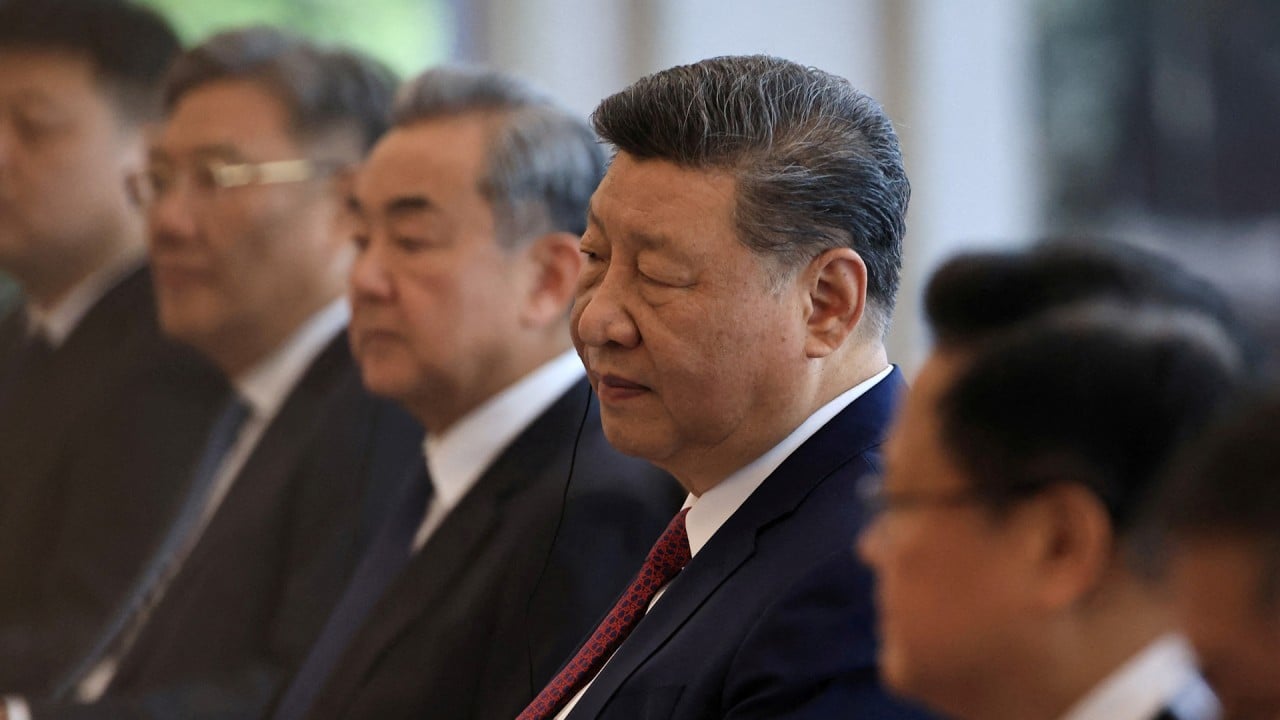Meanwhile, Chinese semiconductor traders have reportedly halted price quotes for their clients in anticipation of shipment disruptions caused by the tariff conflict. Most sellers in Shenzhen’s Huaqiangbei, China’s largest electronics component sourcing market, have stopped providing quotes for products ranging from central processing units (CPUs) to graphic cards, according to a recent report from Chinese news outlet Jiemian.
From January to March, China imported 131.25 billion IC units valued at US$88.3 billion, marking an 8.1 per cent increase in volume and a 3.2 per cent rise in value year on year, according to customs data released on Monday. During the same period, the country exported 76.13 billion IC units worth US$40.9 billion, a significant increase of 22 per cent in volume and 10.8 per cent in value from a year earlier.
As the tariff dispute between Washington and Beijing escalates, semiconductors and related products – such as smartphones and laptops powered by ICs – have become closely watched sectors. However, many trade rules and their broader implications remain unclear amid rapidly changing policies.
Currently, Chinese exports to the US face a staggering tariff of 145 per cent that includes the “reciprocal” duties announced recently by US President Donald Trump, in addition to a 20 per cent rate imposed earlier this year over China’s alleged involvement in fentanyl trafficking. In retaliation, China has raised tariffs on US goods to 125 per cent.



